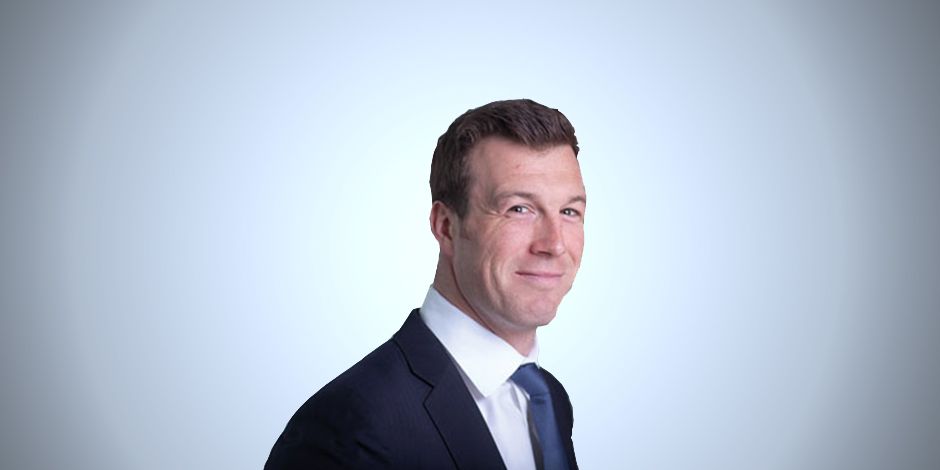
Janus Henderson: Corporate bonds - Russian dolls in credit cycles
Tom Ross, Credit Portfolio Manager at Janus Henderson, looks at developments in credit markets in 2018 and suggests that mini cycles within broader credit cycles can create opportunities
11.06.2018 | 15:55 Uhr
How has 2018 shaped up so far for corporate bonds?
2018 has started somewhat disappointingly for corporate bond markets. We had expected to see coupon-type returns for the year, and for returns to be front-loaded in the first half of the year. Influencing our thinking was an expectation that weaker money supply trends would feed through into slower global economic growth by the second quarter, which combined with marginally more hawkish central bank speak led to our cautious positioning.In the event, we have seen negative total returns almost across the board for corporate credit markets. Digging a bit deeper and looking at excess returns (adjusting for interest rate moves), the returns look slightly rosier. Interestingly, lower-rated high yield (European single B rated and US CCC-rated) bonds have outperformed BBs and investment grade credit. We have argued for some time that in normal market conditions, we would expect to see high yield outperform investment grade credit as growth picks up and central banks gradually raise rates. The phenomenon is interesting this time around given what our colleague Bill Gross would describe as “fake markets”, that is central banks interfering in financial markets to the extent that they have been.Despite the negative total returns year to date, we would argue that there has still not been that much volatility within credit markets. Spreads on European investment grade bonds widened around 20 basis points (bp) during the period of bond weakness in February and March 2018. This compares to around 65bp (or a near-doubling of the spread) from mid-2015 to early 2016*. We still expect to see greater volatility – and it will be a necessary shakeout – but it has yet to come.*Source: Bloomberg, ICE BofAML Euro Corporate Index (ER00), spread to worst versus governments.
Is a supportive corporate background pressured by a tightening monetary environment?
We would argue that the current supportive corporate background should go hand in hand with a gradually tightening monetary environment. Companies prefer a positive growth environment, which would generally be accompanied by rising interest rates. It is only when central banks start to raise rates aggressively (“being behind the curve”) and choke off growth that corporates suffer. With regards to the credit cycle, we are seeing some increasing signs of expansionary pressures. You only have to think about the recent spate of merger and acquisition (M&A) announcements (T-Mobile and Sprint, Sainsbury’s and Asda, Bayer and Monsanto) for evidence of this. The slew of M&A throws up individual credit opportunities in a way that a market dominated by central bank liquidity does not. Without the clouds of a recession on the horizon, corporate credit should continue to offer carry if not the astounding spread compression that we have seen over the last two years.
Where do you believe the best opportunities lie?
“Rising stars” (credits which are currently high yield but look to be on a trajectory to investment grade) remain one of the sweet spots in the world of corporate bonds. This trend is particularly apparent in Europe, which we believe to be less advanced in the credit cycle than the US. In general, European companies are still focused on improving their credit metrics.The most exciting sectors are those that have either gone or are going through their own mini-cycles, ie cycles within bigger cycles. Retail is right in the midst of its own mini-credit cycle, spurred on by “Amazonisation”. Bricks-and-mortar retailers are struggling to compete against internet retailers, but we believe careful credit selection can tease out some interesting companies and potentially significant returns.
The energy sector is another example. This sector suffered a downturn (and a significant pick-up in defaults) in late 2015 and early 2016. As those companies that defaulted have emerged from Chapter 11 bankruptcy in the US, as the oil price has rallied back to around $70/barrel and as growth has turned more positive globally, we believe this is a sector that lends itself to some careful credit selection.




Diesen Beitrag teilen: